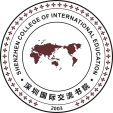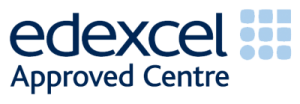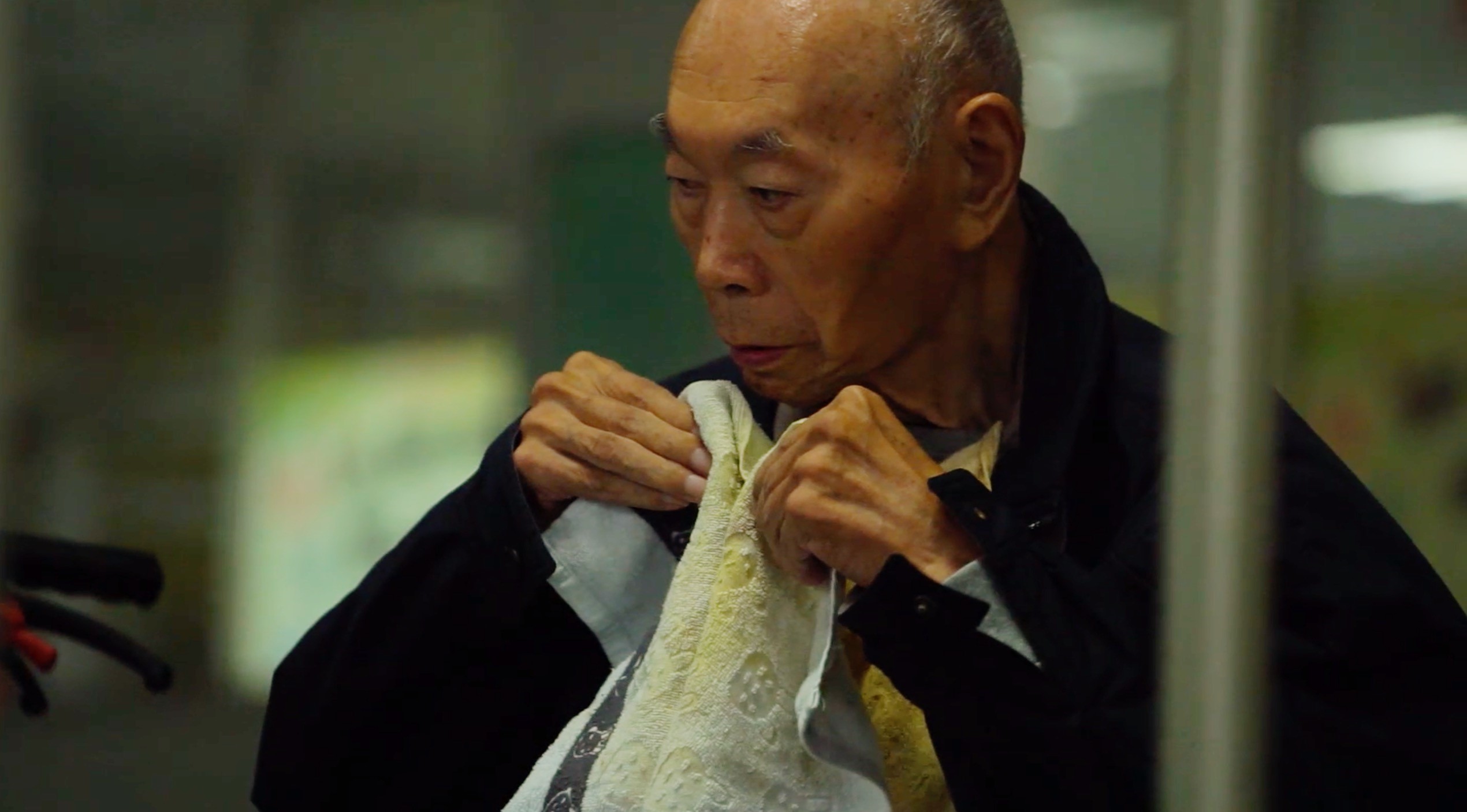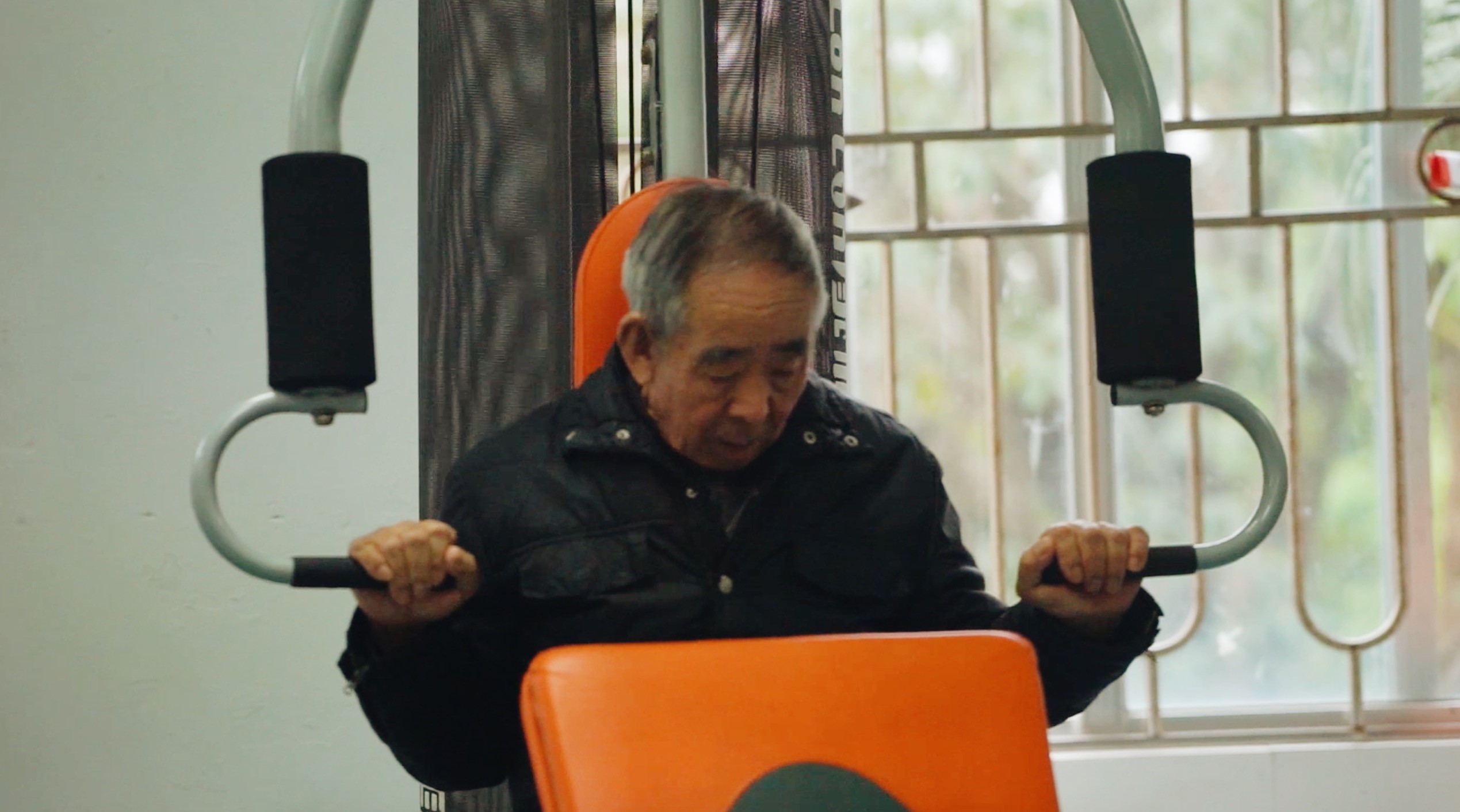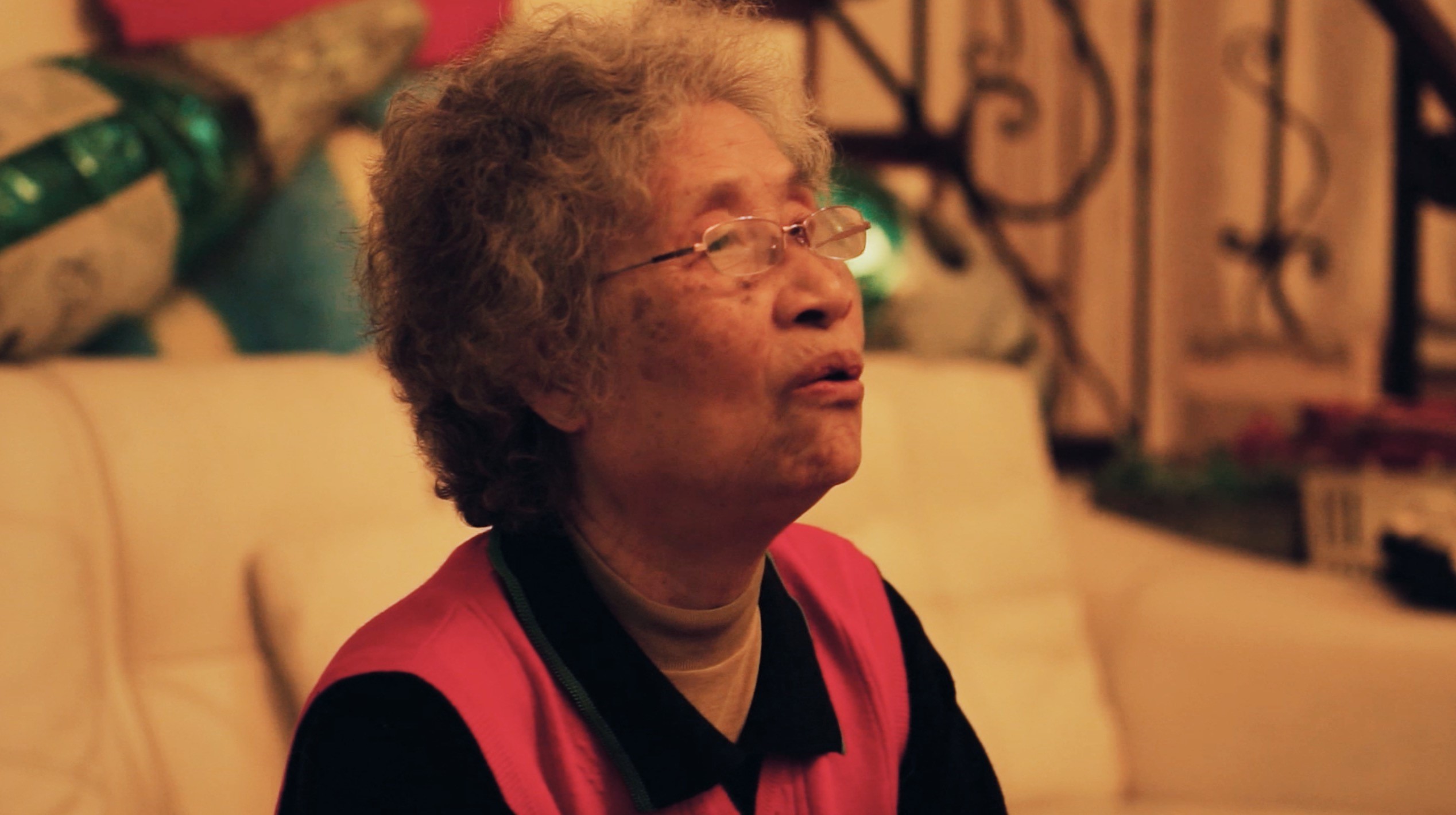♦ Conception and Construction ♦
The idea of establishing the first molecular biology laboratory at SCIE was initially conceived by two 2023-graduate seniors while taking a walk after lunch. The school, with a 2.5-story science laboratory, seems to lack a molecular biology laboratory equipped with professional instruments. As a result, most students interested in molecular experiments can only choose to contact off-campus laboratories, an inconvenient approach in every aspect.
Coincidentally and fortunately, one of our former biology teachers, Ms. Sefe, is also planning to start up a molecular biology laboratory of SCIE. So, after contacting with Ms. Sefe, the two seniors discussed the construction of SCIE Lab and drafted a list of equipment to be purchased.

With the support of the school’s central funding and under negotiation with different departments, they have successfully purchased the first collection of basic molecular biology equipment and materials. The initial idea was only to add some equipment to the original biology laboratory, but it was unexpected that it would take more than two years to negotiate with the school, apply for funding, purchase and settle equipment, adjusting and testing them, conduct pre-experiments, and finally – inaugurate it for proper use for the first time.
In the February of the year 2022, the two seniors entering the application season decided to call together more students interested to take part in building and contributing to the laboratory. Since then, with the addition of some students from class 2024, the number of members in the laboratory increased to around ten. Later on, more and more junior students interested in biological experiments also came and joined.

Then, in July, during the summer vacation, the first batch of instruments were transferred to B731 located at the end of the 7th floor corridor. Subsequently, after resettling and installing the instruments, placed and located the reagents, and (essentially) rearranging the rows of tables that perfectly blocked the hallway, this so-called molecular biology laboratory also had a rough prototype.


♦ Current Equipment ♦
Currently, our lab apparatus and materials include:
Two refrigerators (-80˚C, -20˚C, and -4˚C)
A clean bench
An autoclave
A shaking incubator
A PCR thermal cycler (and a mini DIY PCR machine that hasn’t been used yet)
Two centrifuges (high-speed and desktop mini centrifuges)
A metal dry bath
An electrophoresis apparatus (and related gel dispensing/imaging equipment)
Three sets of pipettors
An analytical balance
A microwave oven
A drying oven
A vortex mixer
A spectrophotometer
A constant temperature incubator
An ice maker
Some other basic materials (PCR tubes, centrifuge tubes, antibiotics, strains retained from last year’s school iGEM team, etc.)
♦A Review of Past Events ♦
01 BOC Club Plant Tissue Culture
The experiment that BOC designed was different to other microbiological experiments in that it lies on a more macroscopic level: they designed an experiment to study plant physiology. By adding two plant hormones, auxin and cytokinin, to the nutrient solution provided to plants, BOC led members to explore the impact of plant hormones on the growth of plant tissues


02. A2 Biotech session
In April before the AS external exams, our lab members organized a Biotech Session for A2 students. Regardless of intended major, any student interested in biology experiments can register for this session. So, at that time, many A2 students applying for other majors also attended and actively participated in this activity.
The entire Biotechnology Session was divided into two parts, held on Wednesday and Friday afternoons of the same week. The first part focuses on how polymerase chain reactions (PCR) amplify DNA fragments, and the mechanisms of DNA gel electrophoresis. Lab members explained the principles and mechanism of PCR to A2 students and demonstrated how to apply them to the process of PCR experiments. In the gel electrophoresis section, lab members prepared the agarose gel in advance for everyone to practice adding samples in the gel tank.
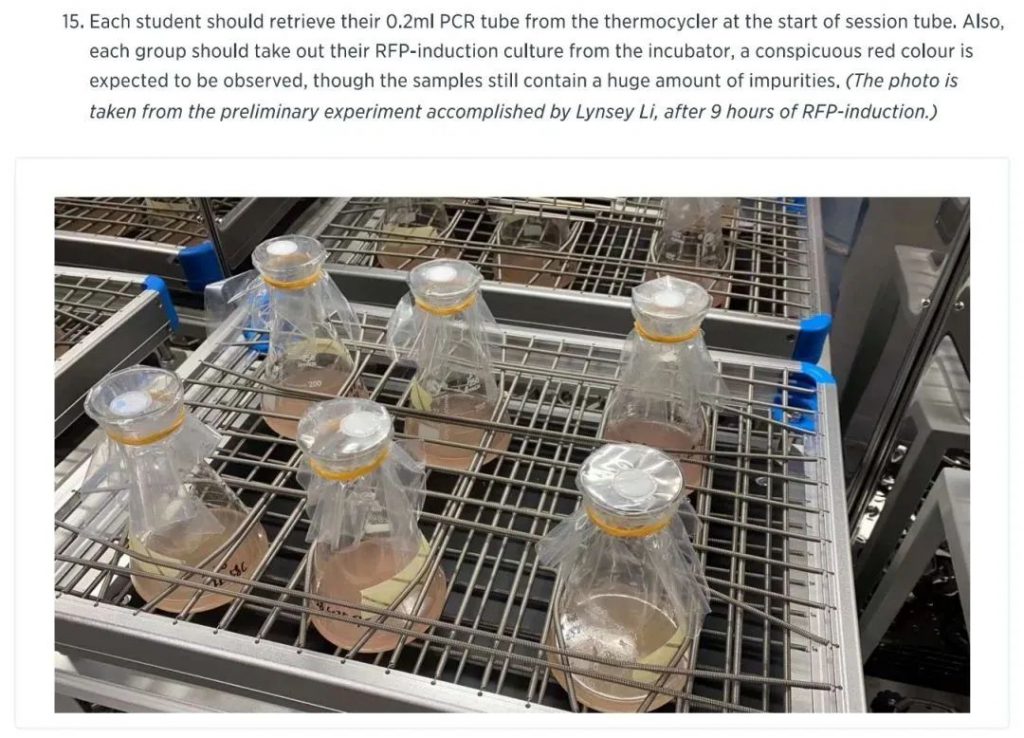

During the second session, our lab members expanded the culture of red fluorescent protein (RFP)-gene-inserted E. coli and induced the expression of RFP protein.

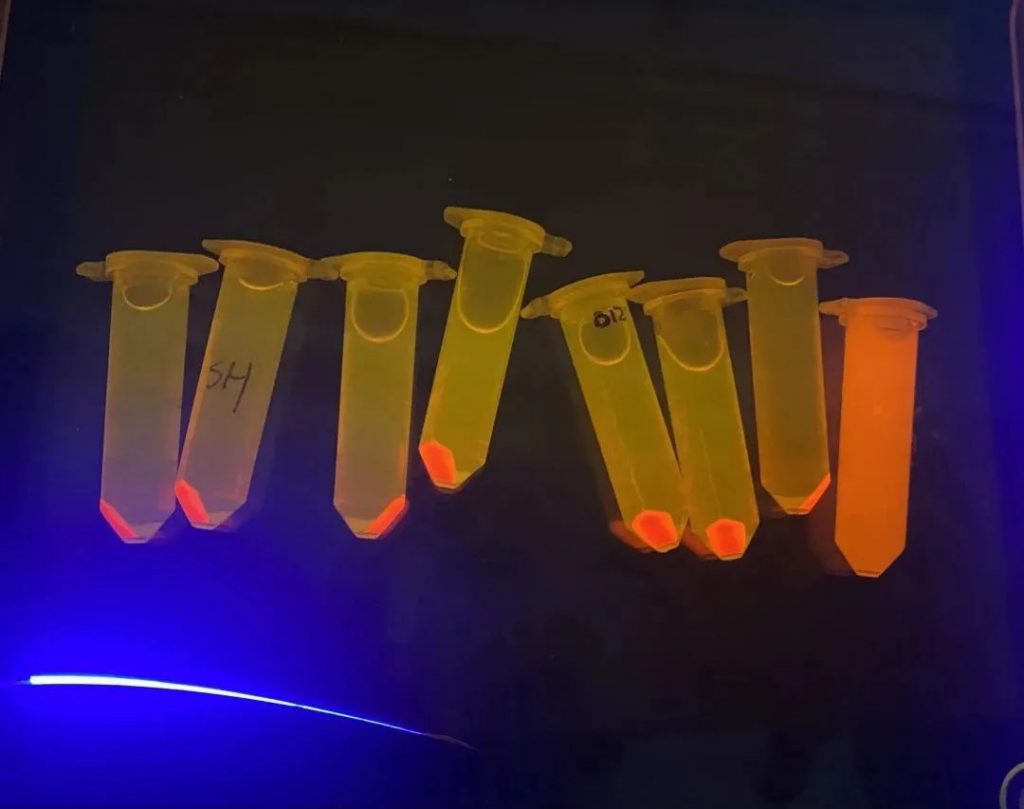


03. iGEM Education Session
Additional to events planned by ECA and the lab itself, this year’s school iGEM team, GreatBay_ SCIE, also hosted their first education session in the SCIE Lab.
This session is divided into two sections: practical and theoretical sections. In the practical section, the iGEM school team members demonstrated and taught students how to use pipettors, centrifuge and other instruments. They have also made three pieces of agarose gel, and loaded prepared DNA samples into the gel tank. Whilst waiting for the gel to run, iGEM members explained to students the principle and application of agarose gel electrophoresis in synthetic biology experiments, and discussed in depth the chemical theories behind used experimental equipments.
After the theoretical session, students were able to correctly identify the length of different DNA samples through the varying length of DNA strips after electrophoresis, and accurately matched the DNA sample codes one by one.
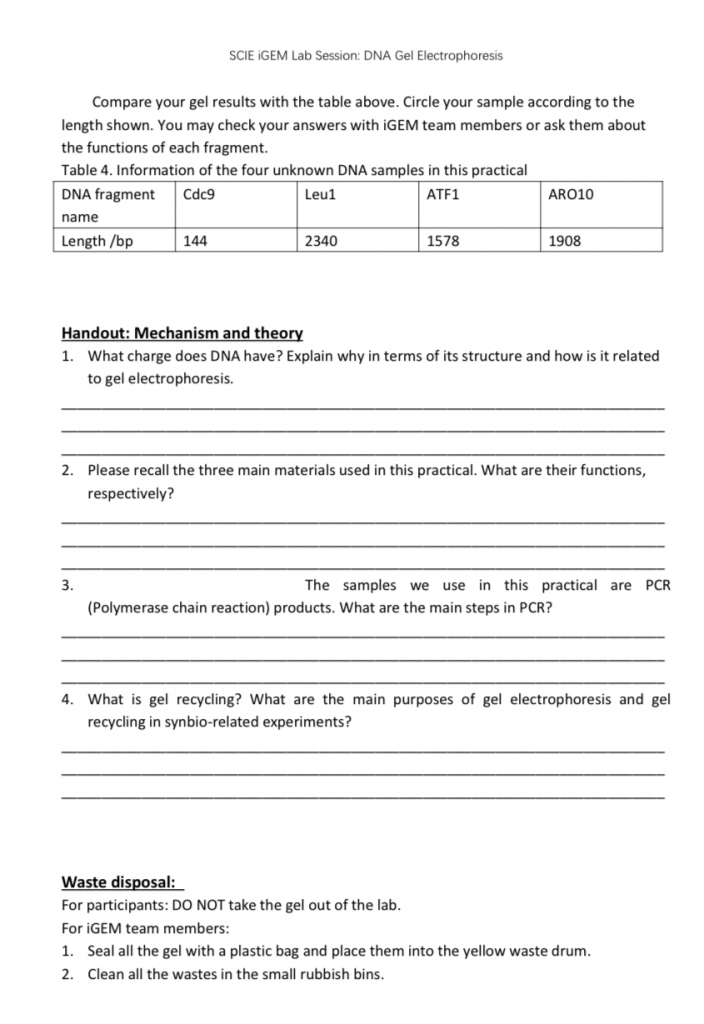
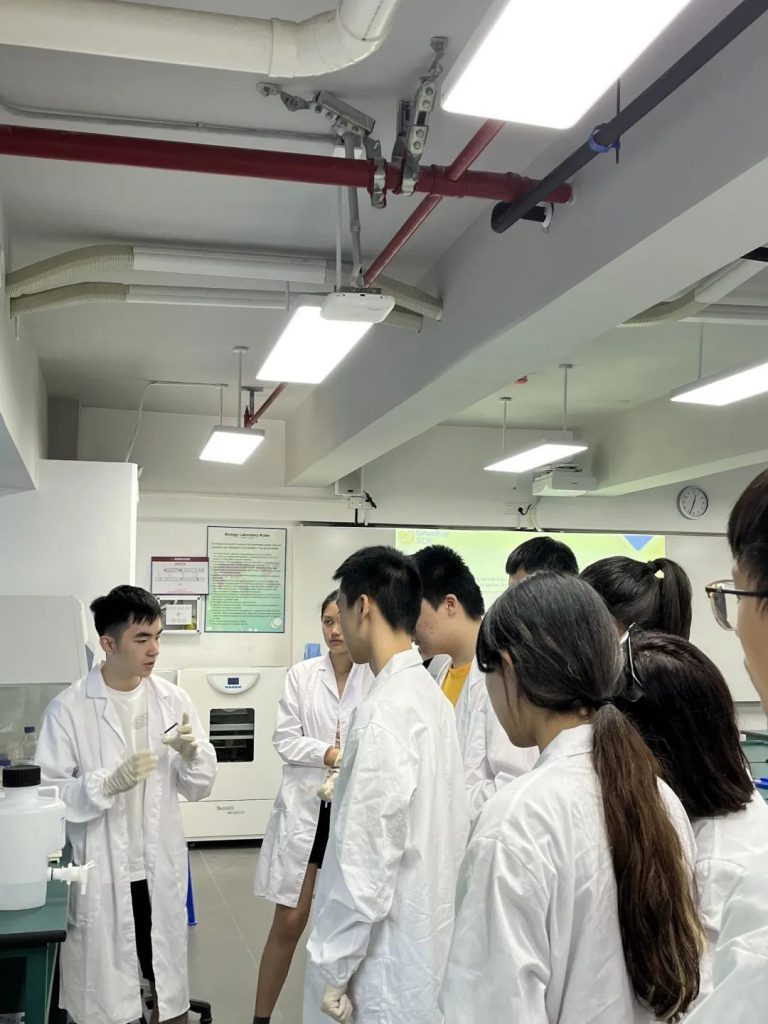
♦ The Future of SCIE—LAB ♦
Although SCIE Lab has been put into official use for three times, it is still in its early stages of development and needs improvements made step-by-step. Supervision of the lab, official booking systems, and long-term management are all things we need to plan and work on. The SCIE Lab has also been managed by students starting the lab and teachers from the biology department in their after-school time jointly. Herein, we would like to say a huge, sincere thank you to all students and teachers who took part in the startup and maintenance of the SCIE Lab!
Our biggest hope of this lab has always been to introduce to every student an accessible and scientific research platform, and to generate opportunities for students to conduct experiments with facilities provided and conditions satisfied on campus: opportunities that high school students rarely had chance to even think of. For this reason, we are preparing to open up the SCIE Lab for long-term use, so that all students can apply to work with friends in this lab, and receive technical guidance from laboratory members and subject group teachers from experimental design to result analysis, to finally complete a small research project in their academic career.
— And if, by any chance, you happen to have classes on the 7th floor, please also be very welcome to sneak a peek at the Lab at the end of the corridor.
SCIE LAB @ B731
- Article / Cissy Yao
- Pictures / Cindy Wang, Jeremy Zheng
